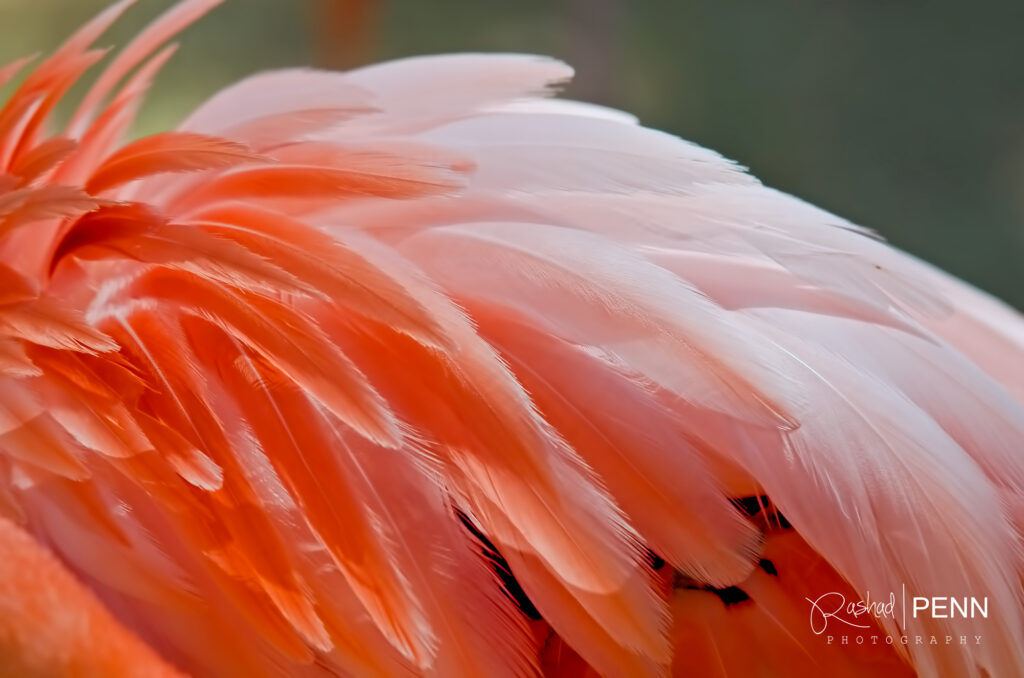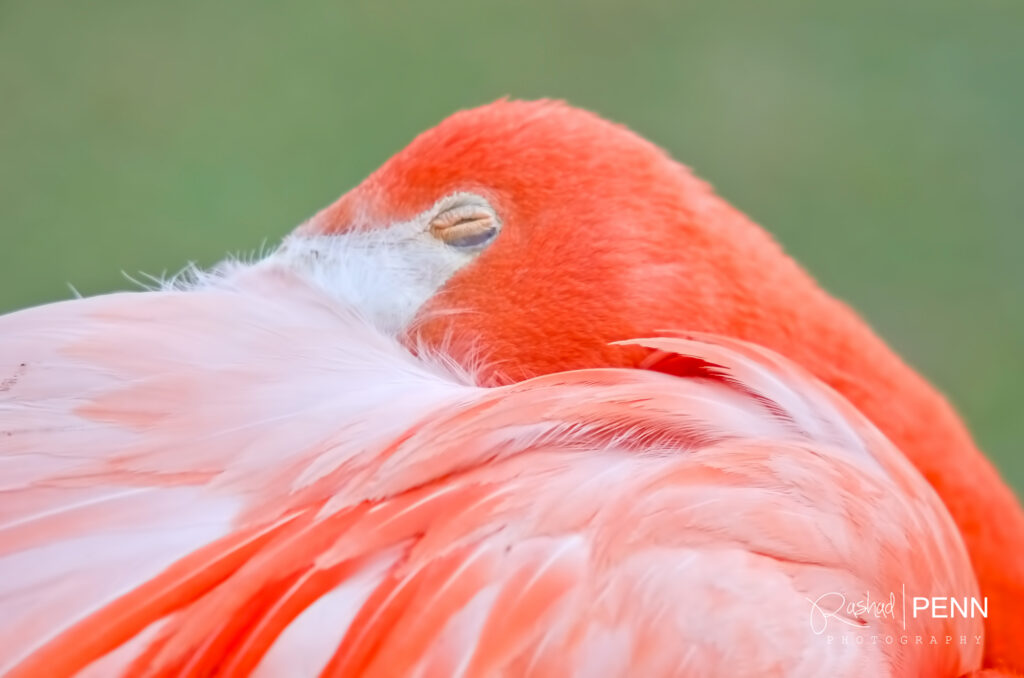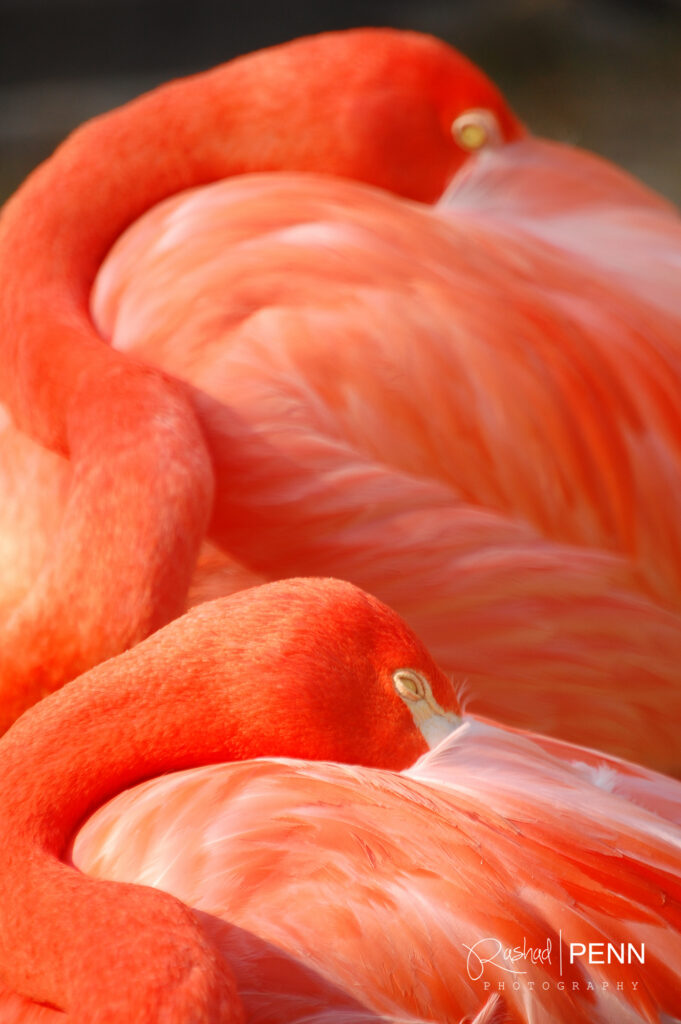With so many birds that are endemic to the Bahamas and many more that migrate its a good question as to which one is the national bird of the Bahamas? So
What is The National Bird of the Bahamas? The West Indian Flamingo also known as the Caribbean flamingo is the National Bird of the Bahamas. Its scientific name is Phoenicopterus ruber, a name that is as funny as the bird that is called by that name.

Location of the Bahamas national bird
These flamingos are mainly found in four areas around the world,
- The Galapagos Islands
- Southern Caribbean
- Northern Caribbean
- Yucatan Peninsula
Within these four regions they can be found in a diverse ecosystem within each region. such as;
- Aruba
- Brazil
- The Bahamas
- Colombia,
- Cuba
- Dominican Republic
- Ecuador
- French Guiana
- Guyana
- Haiti
- Jamaica
- Mexico
- Netherlands Antilles
- Suriname
- Trinidad and Tobago
- Turks and Caicos Islands,
- United States
- Venezuela.
Although these locations may be the main locations for large colonies, there are only four main breeding sites:
- Archipelago de Camaguey in Cuba
- Rio Lagartos in Yucatan Mexico
- Bonaire in the Netherlands Antilles
- Great Inagua the Bahamas.
It was because of the large population and being listed as one of the four breeding sites in the world that were considered when choosing the Flamingo as the National bird of the Bahamas.
The Caribbean flamingo is one of six diverse species in the world but what makes them unique is that they are one of the larger varieties of flamingos in the world and of course… the most colorful.

Color of the Bahamas national bird
The Caribbean flamingo is well known for their pink feathers. Unlike many other birds in the Bahamas aside from the Bahama Parrot they are some of the only birds with colorful feathers.
The dark pink coloration of their feathers are derived from their food source which comprises mainly of small crustaceans, algae brine flies and shrimp.
These animals contain a pigment called carotenoid that the flamingo is able to convert in their bodies to that pink and orange color on their feathers.
In simple terms, a flamingo color is determined by its food.
It was because of their beautifully colored feathers that the birds were hunted for their feathers as decoration for hats and other materials.
What person soon found out is that the feathers loose their color after a period of time once detached from the birds.
This discoloration quickly took the birds off the list of animals hunted for their feathers. Instead they were then hunted for meat but not a meal that became popular.
Capturing a flamingo is difficult as they nest in the middle of ponds of which they can see predators approaching
Although the birds are generally shy around humans or other animals they can become aggressive among themselves as a part of mating or when protecting their mate.

Population of the Bahamas national bird
It is their shy nature that caused many of the birds to leave the Bahamas in the 1940’s due to the low flying planes of world war 2 as they flew over head and even landed on the Island of Inagua.
This threat combined with hunting caused the population to dwindle to an estimated 5000 in the Bahamas at this time.
With the help of the National Audubon Society in the United States, and the Bahamas National Trust placing bans on hunting and creating protected areas. The population began to grow to a now estimated 80,000 on the island of Inagua alone, which is the second largest population in the world next to Cuba.
Although it is illegal to capture, harm or even kill a flamingo in the Bahamas their species is still being threatened by other factors such as pollution, human expansion into their habitat and the occasional predator.
One of the major factors of their slow rebound is tied to their breeding rituals. Flamingos only have one chick per year, this limits the survival rate of chick due to their habitat.
The nest of flamingos are built on the ground in mud mounds hence their eggs are often susceptible to damaged by passing donkeys and other animals in the area.
Interesting information about the West Indian Flamingo

- Flamingos are not only found on the island of Inagua in the Bahamas. Smaller populations have migrated to Mayaguanna, Crooked and Acklin islands, Exumas, Long Island and Andros.
These smaller colonies are not well known as have allowed the population to grow undisturbed.
Perhaps with a new count of each colony the Bahamas may become known to contain the largest grouping of the Caribbean Flamingo.
- Lake Windsor is the name of the lake in Inagua where the flamingo population come to reproduce. The lake is the largest lake in the Bahamas and its is a salt pond not a brackish water pond
The locals of Inagua call it Lake Rosa although depending on who you ask. Lake Rosa is its name and Lake Windsor is the nick name.
- Henry Nixion and Rudolph Burrows are the park wardens in Inagua
- There are a total of 6 species of flamingos in the world. The other species are Andean Flamingo (Phoenicoparrus andinus), Chilean Flamingo (Phoenicopterus chilensis), Greater Flamingo (Phoenicopterus roseus), Lesser Flamingo (Phoeniconaias minor), Puna (James’s) Flamingo (Phoenicoparrus jamesi).
- Local Inaguans pronounce the name flamingo ‘fil-a-mingoes’
- Flamingos can tolerate extremely salty water which makes lake Rosa a prime area for reproduction.
The Morton salt company also uses lake Rosa to produce sea salt and it is the brine areas that attract many flamingos because it is often rich and teaming with brine shrimp, small crustaceans and other food sources.
- ‘Hush Hush’ is a word used by Bahamians to describe flamingo meat. As it is illegal to harm these birds there are some persons who will take a chance with the law and attempt to kill a bird for its meat.
This is highly illegal in the Bahamas is punishable by a fine and incarceration.

If you find yourself visiting Inagua, which is the most southern Island in the Bahamas, be sure to visit the national trust office before setting off to see the flamingo colony.
Keep in mind they are very skittish and your presence can scare them off.
Read more about the National Flora and Fauna of the Bahamas by taking a look at The Bahamas National Fish, The Bahamas National Flower and The Bahamas National Tree.
